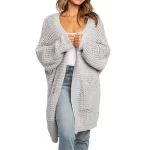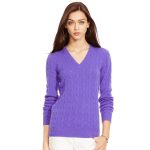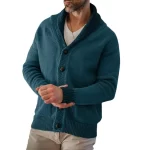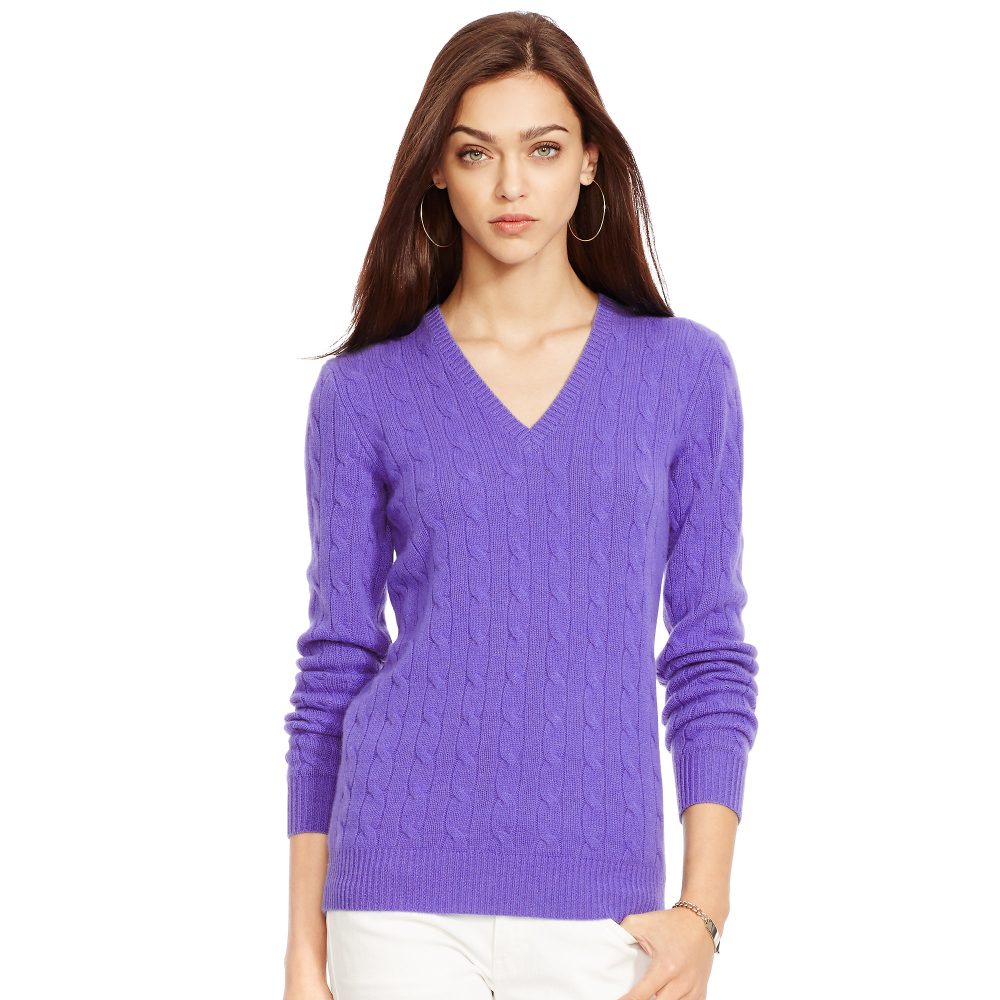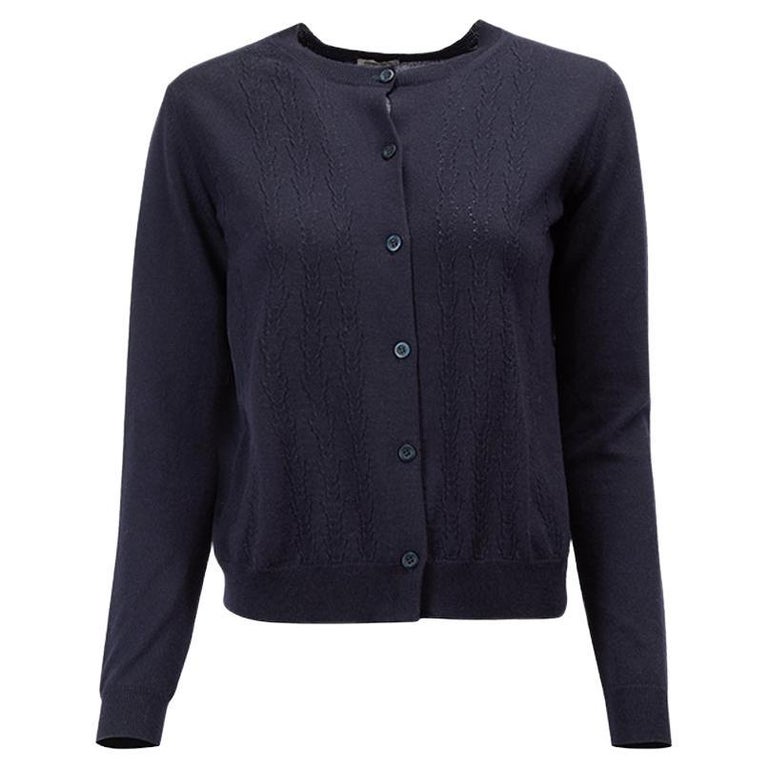What Are Footless Compression Socks?
Footless compression socks are a special type of hosiery. They provide support and improve circulation. Unlike traditional compression socks, they lack the foot coverage. This design feature is crucial for certain activities and preferences. People who want toe freedom or who wear sandals often choose footless options. These socks also help with medical conditions. For example, they aid in reducing leg swelling and fatigue. They offer similar benefits to full-sock counterparts but with added versatility. Athletes, pregnant women, and those with specific health issues use these socks. They take advantage of compression therapy while keeping their feet free. This allows for a broader range of movement and footwear choices. Overall, footless compression socks blend functionality with comfort.
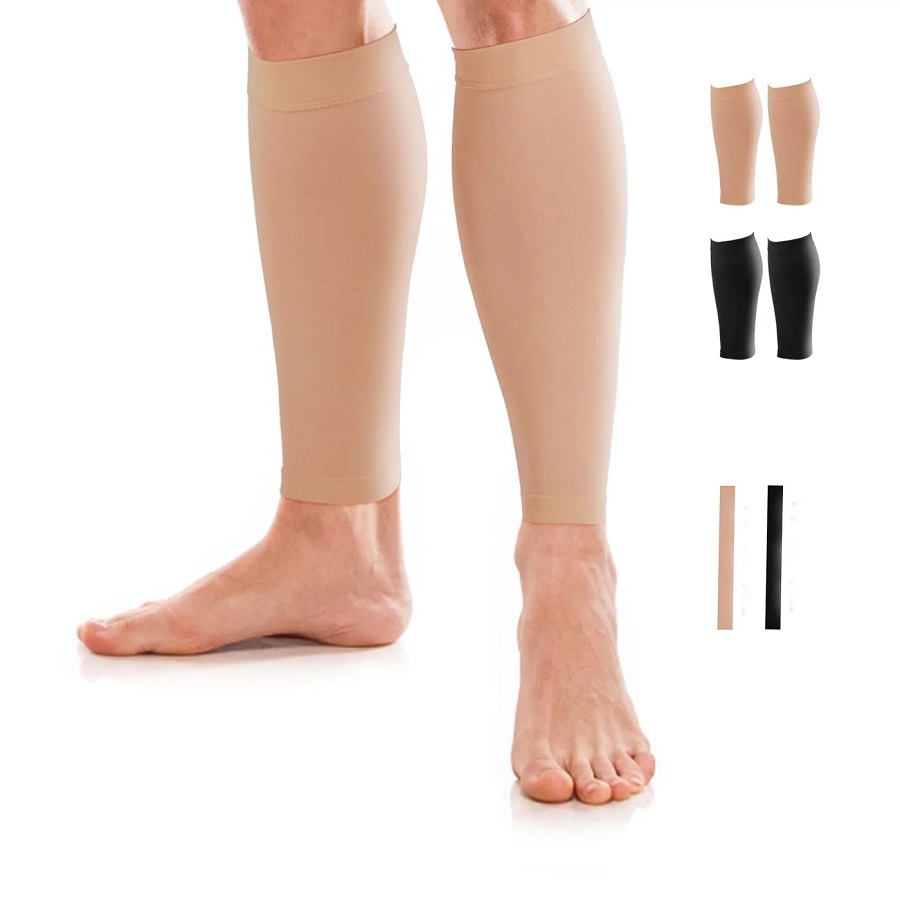
The Benefits of Footless Compression Socks
Footless compression socks offer multiple health and performance advantages. First, they improve blood circulation. This is crucial for reducing leg swelling and easing muscle fatigue. People with circulatory problems often benefit from this feature. Second, these socks provide muscle support. This helps athletes and active individuals minimize injury risk during strenuous activities. Third, footless compression socks cater to comfort. They allow toes to move freely, which is ideal for those who find full-socks constrictive or uncomfortable.
Comfort also extends to temperature control. Without material covering the feet, there is less heat retention. This makes footless socks a preferred choice in warmer climates or seasons. Additionally, they work well with various footwear, including sandals and open-toed shoes. This versatility is essential for individuals seeking compression benefits without sacrificing their style. Lastly, users can enjoy enhanced mobility. The lack of foot coverage means no restrictions on foot movements, important for many sports and exercises.
The combination of health benefits, comfort, and versatility makes footless compression socks a valuable garment. They cater to a diverse group of users, from athletes to those managing specific medical conditions.
Choosing the Right Compression Level
Choosing the right compression level in footless compression socks is key to maximizing benefits. Compression levels vary. They are measured in millimeters of mercury (mmHg). Understanding the range is important. It usually starts around 8 mmHg and can go up to 30 mmHg or more. Lower compression levels provide mild support. They’re good for daily wear and minor swelling prevention. Medium levels offer more support. They are better for prolonged standing or travel. Higher compression levels suit those with specific medical conditions.
Before buying, assess your needs. If you’re active or pregnant, a medium level may suffice. For medical conditions, consult a healthcare professional. They can recommend the ideal compression level based on your condition. Remember, too high a compression can cause discomfort. Too low may not offer enough support. It’s crucial to find that perfect balance for comfort and health benefits.
Lastly, consider how long you’ll wear the socks. Short-term wear might need less compression. But for all-day use, a medium level might provide the best balance. Always listen to your body’s responses to ensure the right fit and compression level.
When to Wear Footless Compression Socks
Deciding when to wear footless compression socks can optimize their benefits. For everyday use, mild compression levels are suitable and can help prevent swelling during long periods of sitting or standing. This makes them ideal for office workers or those on long flights.
During exercise or sports, footless compression socks excel. They support muscles and circulation without constraining foot movements. Athletes find these socks useful during training sessions. They enhance performance and reduce the risk of injury.
If you’re pregnant, footless compression socks can offer relief. They help manage swelling often associated with pregnancy. Wear them throughout the day for utmost benefit.
People with specific health issues should also consider wearing these socks. Conditions such as varicose veins or lymphedema can be managed better with proper compression. A healthcare professional can provide advice on when and how long to wear them.
Lastly, footless compression socks are great for those wanting to pair them with stylish footwear. Open-toed shoes, sandals, and flip-flops go well with these socks. You can enjoy the compression advantages without compromising your look.
In summary, footless compression socks are versatile. You can wear them daily, during physical activity, or for special health needs. Choose the right time to wear them and enjoy the blend of comfort and functionality they offer.
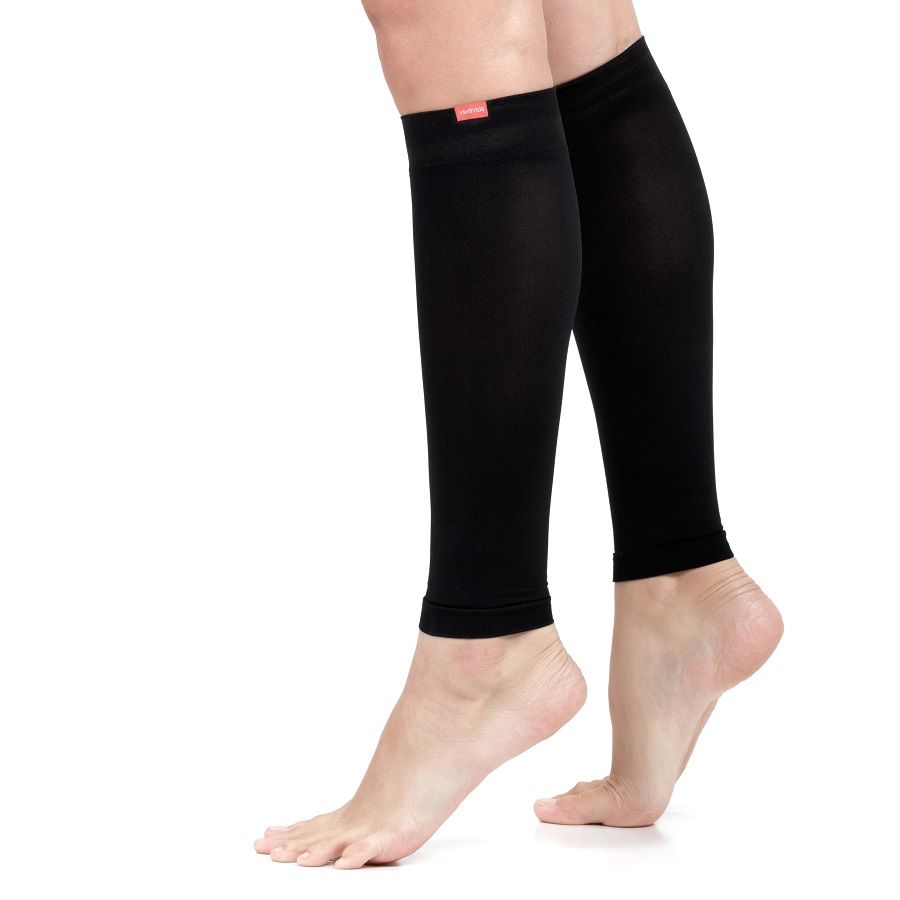
Types of Footless Compression Socks
Footless compression socks come in various types to suit different needs and preferences. Below, we will discuss some common categories, all designed to help you reap the benefits of compression therapy while suiting your lifestyle.
- Graduated Compression Socks: These apply the most pressure at the ankle. The compression lessens as it moves up the leg. They are ideal for those who need to improve circulation and reduce swelling.
- Anti-Embolism Socks: Similar to graduated socks, these focus on those with limited mobility. They can be helpful for post-surgical recovery or when you’re confined to a bed.
- Non-Medical Support Hosiery: Offering the lowest compression level. These are perfect for those who stand all day. They provide comfort without the intensity of medical-grade compression.
- Athletic Performance Socks: These are tailored for sports and active use. They support muscles during workouts and help boost circulation during recovery.
- Maternity Socks: Specifically designed for pregnant women. They help manage swelling in the legs and feet that comes with pregnancy.
When searching for the perfect pair of footless compression socks, consider what activities you’ll use them for. Different types cater to different scenarios, such as lengthy periods of standing, athletic endeavors, medical recovery, or everyday comfort. By understanding the types available, you can make an informed choice that aligns with your compression needs and lifestyle preferences.
How to Ensure a Proper Fit
Ensuring a proper fit for footless compression socks is vital for comfort and effectiveness. Start by measuring your leg in the areas where the sock will sit. Measure the circumference of your ankle at its narrowest point. Next, measure the widest part of your calf. If you’re buying graduated compression socks, also measure the length of your leg from the floor to the spot where the sock will end.
To find the right size, compare your measurements with the sizing chart provided by the brand. Sizing can vary between manufacturers, so always check their specific chart before purchasing.
When trying on the socks, they should feel snug but not painfully tight. The fabric should lie smoothly against your skin; there should be no bunching or slipping down. If you find the sock too tight or loose, try a different size or compression level.
While wearing, the socks should stay in place without needing frequent adjustments. They are too big if they sag or wrinkle. They’re too small if they pinch your skin or you can’t pull them up fully.
Lastly, consider the sock length. Too long, and they may roll or bunch at the knee, too short, and they won’t provide full benefits. Opt for a length that ends just below your knee or where your measurements indicate.
Caring for Your Footless Compression Socks
Taking good care of your footless compression socks will extend their life and effectiveness. Here are simple steps to keep them in top shape.
- Wash Regularly: Clean your socks after each use to maintain hygiene and elasticity. Hand wash them in cold water with mild soap. Avoid hot water as it can damage the fibers.
- Dry Gently: After washing, gently press out excess water. Don’t wring them as it can stretch the fabric. Lay them flat or hang them up to dry. Don’t use a dryer as heat may degrade the material.
- Avoid Bleach and Fabric Softeners: These products can break down the compression in the socks. Stick to gentle detergents designed for delicate items.
- Store Properly: Keep your footless compression socks in a cool, dry place. Fold them neatly or roll them to prevent creasing and maintain their shape.
- Rotate Pairs: If you have multiple pairs, rotate them. This practice gives time for the fabric to recover from stretching and reduces wear and tear.
- Inspect Regularly: Check for signs of wear such as thinning fabric or loss of compression. Replace them if they no longer provide adequate support.
Following these care tips, your footless compression socks will last longer and provide the necessary support and health benefits you need. Remember, good care equals lasting wear.
Top Brands and Where to Buy
When seeking the best footless compression socks, knowing top brands is crucial. They guarantee quality and durability. Here’s a list of reputable brands and tips on where to purchase them.
- Sigvaris: A trusted name in medical compression. They offer a variety of footless options with different compression levels.
- Medi: Renowned for precision-engineered compression wear. Their footless designs cater to medical and lifestyle needs.
- Jobst: A leader in the field, providing high-quality compression garments. Their footless socks are popular among those with venous disorders.
- Juzo: Known for comfort and ease of use. They have a selection tailored to active lifestyles.
- Truform: Offers affordable quality. Their products are accessible to those on a budget without compromising effectiveness.
Where you buy your footless compression socks can affect the quality you receive. Specialty medical stores often have trained staff to help with fit and selection. Online retailers provide convenience and variety. Websites like Amazon or medical supply stores carry a range of brands. Always ensure that you buy from authorized sellers to avoid counterfeit products.
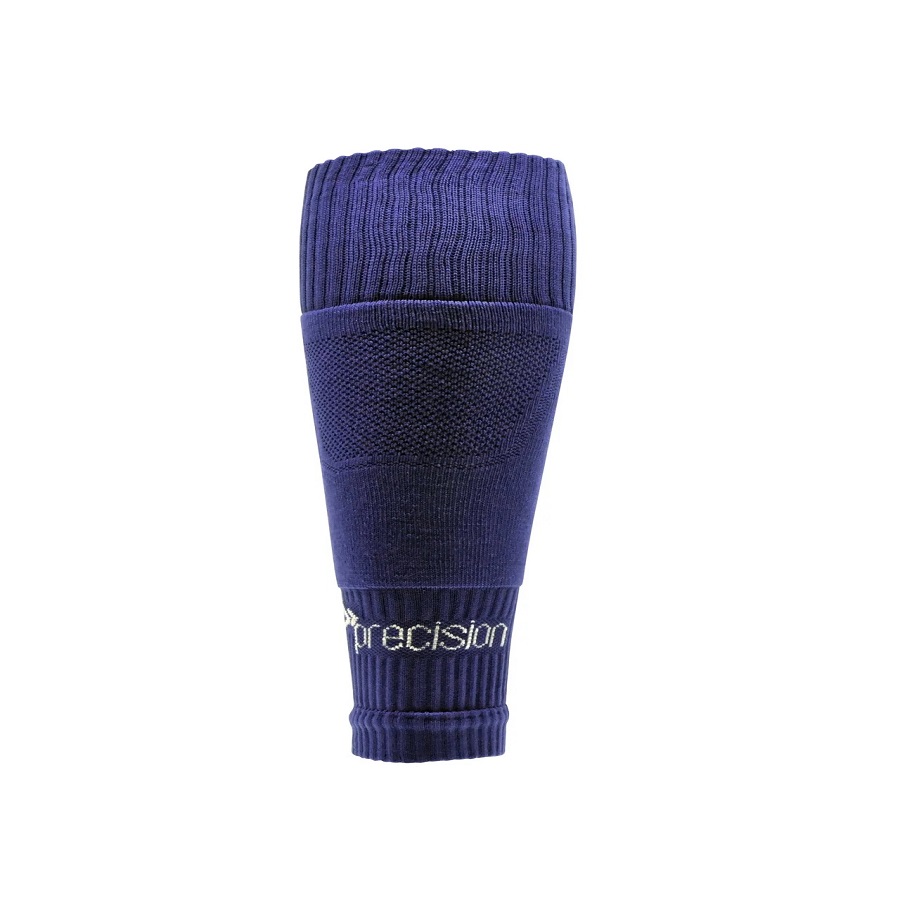
Before making a purchase, check online reviews and product ratings. User feedback can be a valuable guide to finding the right product. Additionally, consider the return policy, especially when buying online. This ensures you can exchange them if they don’t fit right or meet your expectations.
To summarize, invest in footless compression socks from reputable brands. Check specialty stores or trusted online outlets. Look at reviews, and keep return policies in mind. With this approach, you’re likely to find the perfect pair that meets your needs.

